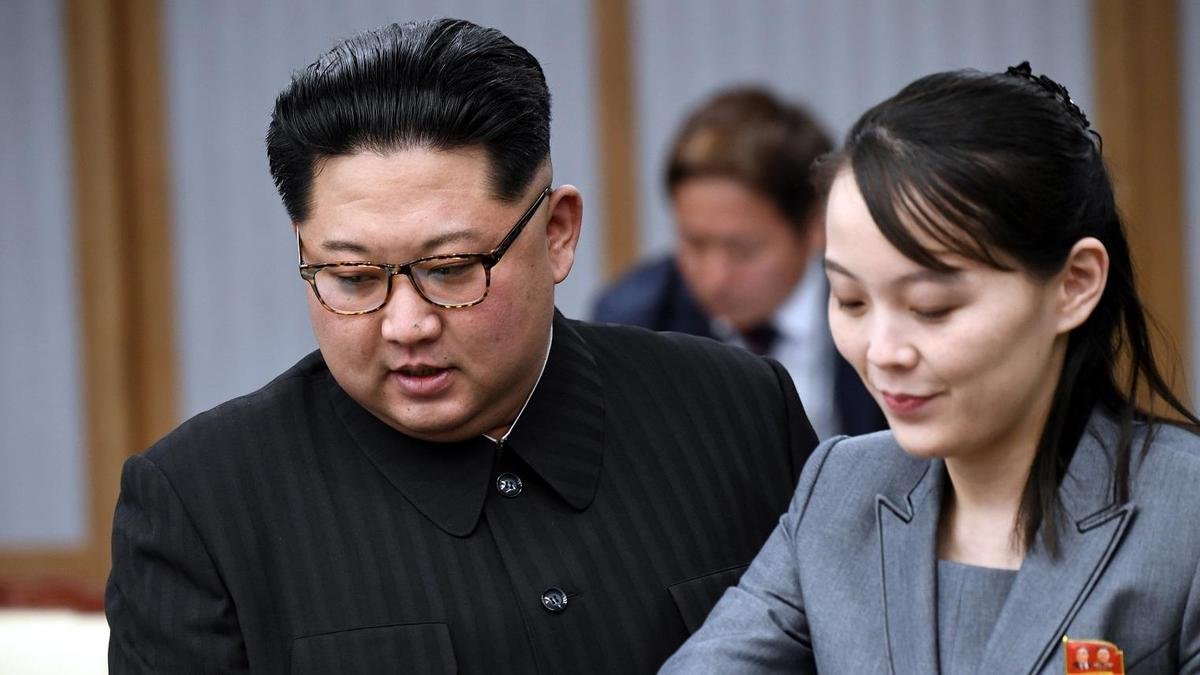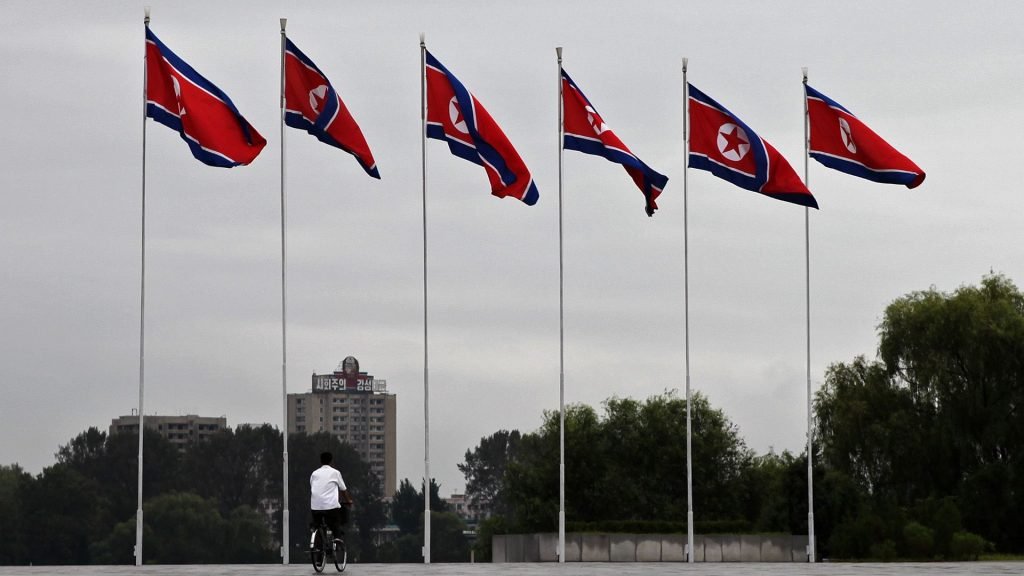The political environment surrounding North Korea continues to attract global attention, largely due to the complex dynamics within the Kim family and the potential implications for the nation’s future. As Kim Jong-un solidifies his leadership over the isolated state, international observers remain fixated on the role of his sister, Kim Yo-jong, whose growing influence raises questions about potential succession, power-sharing, and North Korea’s future path.
The Kim dynasty, which has ruled North Korea since its founding in 1948, has long been shrouded in mystery and speculation. Kim Yo-jong, often regarded as her brother’s closest confidante and adviser, has emerged as a significant political figure in her own right.

She has been a visible presence at key diplomatic events, including summits with foreign leaders, and has taken on a more prominent role in state affairs, fueling rumors that she may eventually succeed her brother. These speculations intensified in 2023 as Kim Jong-un’s health was the subject of frequent global media reports, leading to renewed debate over the future of leadership in North Korea.
Two recent publications have shed light on the intricacies of the power dynamics within the Kim regime. Yoshihiro Makino, a former Seoul bureau chief of the Japanese Asahi Shimbun, and Sung-Yoon Lee, a professor at Tufts University and former adviser to the U.S. government, both explore the possibility of Kim Yo-jong assuming greater power in their respective books. While their interpretations differ, they agree on one key point: the Kim family’s grip on North Korea remains both centralized and precarious, with any internal shifts having the potential to reshape the country’s political landscape.
Makino’s work delves into the delicate balance of power within the Kim dynasty. He argues that while the Kim family appears invincible, its members are vulnerable to the machinations of the elite surrounding them, known as the “red nobles,” and the emerging bourgeoisie, who have benefited from North Korea’s gray-market economy. This class, which includes influential merchants and private sector players, wields significant economic power, contributing to the regime’s survival but also presenting a challenge to its control. According to Makino, Kim Yo-jong, despite her proximity to power, is not immune to these broader political and economic forces.
Sung-Yoon Lee, in contrast, emphasizes the centrality of the Kim family banner to North Korea’s political structure. He posits that Kim Yo-jong’s influence is directly tied to her role within the ruling family and that any significant shift in the country’s leadership would likely come from within the family, rather than from outside pressures. Lee’s analysis points to the longevity of the Kim dynasty, suggesting that even if Kim Jong-un were to be incapacitated, the dynasty would endure, with Kim Yo-jong positioned as a potential figurehead or back-up leader.
These analyses come at a time when North Korea faces increasing pressure both domestically and internationally. Economic hardships, exacerbated by sanctions and internal mismanagement, have created significant challenges for the regime. Despite these difficulties, North Korea has demonstrated resilience, maintaining control through strict authoritarian measures and leveraging its nuclear program as a key bargaining tool in its international relations. Kim Yo-jong’s role in managing these complex diplomatic negotiations has been crucial, especially as she continues to take a harder stance in public communications, often serving as the “bad cop” in North Korea’s strategic interactions with the United States and South Korea.

While the international community remains focused on the Kim family drama, the daily struggles of ordinary North Koreans remain largely underreported. North Korea’s citizens continue to face widespread food shortages, limited access to medical care, and a repressive political system that restricts freedom of expression and movement. The regime’s prioritization of military spending and nuclear development over economic reforms has compounded these issues, leaving the population heavily reliant on informal markets to meet basic needs.
The global fascination with Kim Yo-jong’s rise reflects a broader interest in North Korea’s future, particularly as the international community grapples with how to engage with the hermit kingdom. However, as scholars like Makino and Lee point out, any meaningful change in North Korea will likely come from within the complex power structures of the regime, rather than through external intervention.
The Kim family’s ability to maintain control, even in the face of growing internal and external pressures, remains a testament to the resilience of North Korea’s authoritarian system. As of mid-2023, it is clear that North Korea’s political future remains uncertain. The global obsession with succession scenarios, while compelling, overlooks the more fundamental issues at play within the country. North Korea’s economic challenges, the influence of its emerging capitalist class, and the ongoing power struggle among the elite are all critical factors that will shape the nation’s trajectory in the coming years. Whether Kim Yo-jong eventually assumes formal leadership or continues to operate behind the scenes, her role will undoubtedly be pivotal in determining the future of North Korea’s political landscape.
In conclusion, the developments in North Korea as of June 2023 highlight the enduring centrality of the Kim family in the country’s political system. While Kim Yo-jong’s rise has captured the world’s attention, the broader dynamics at play—both within the regime and in North Korea’s interaction with the international community—are likely to be the key determinants of the country’s future. The resilience of the Kim dynasty, coupled with the influence of North Korea’s elite, suggests that any change in leadership will be carefully managed, ensuring the continuation of the regime’s grip on power for the foreseeable future.


